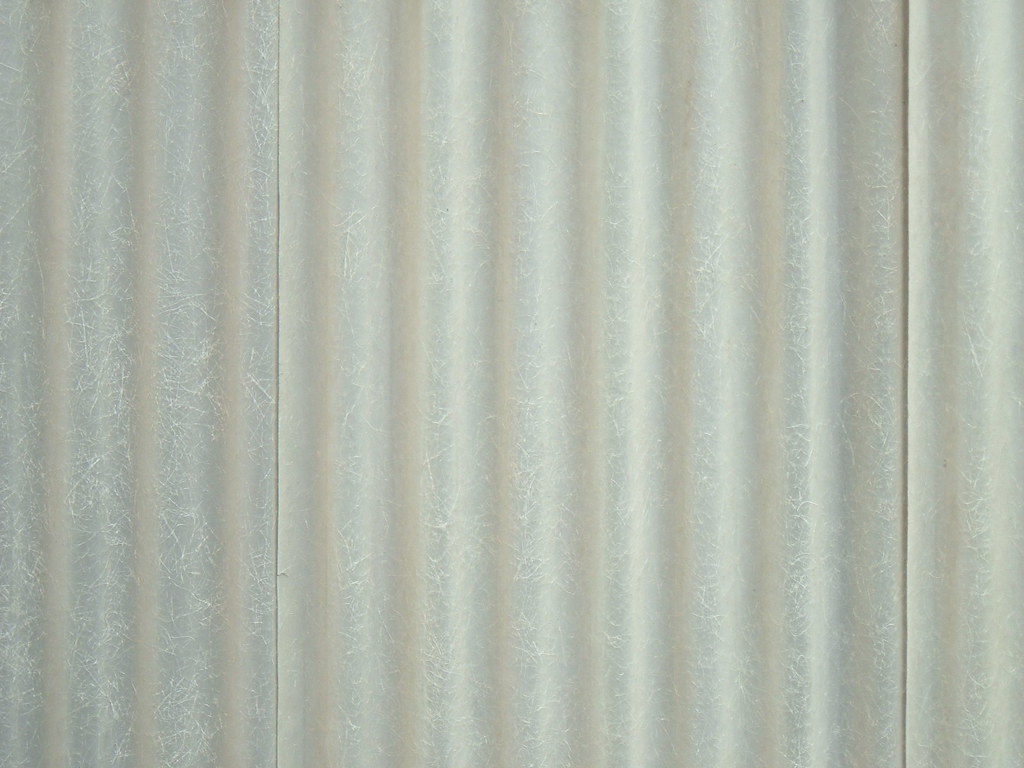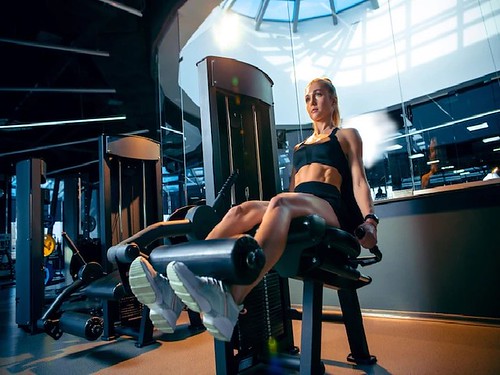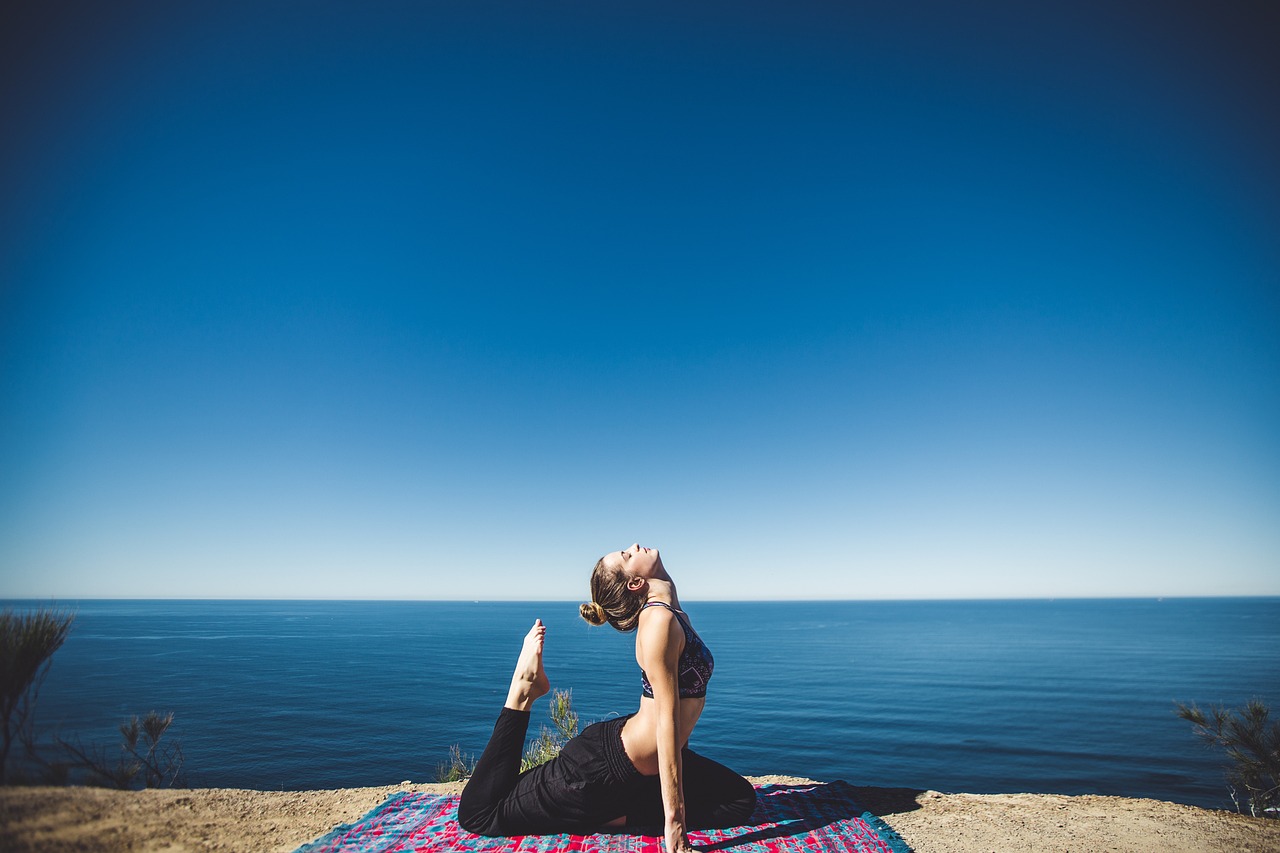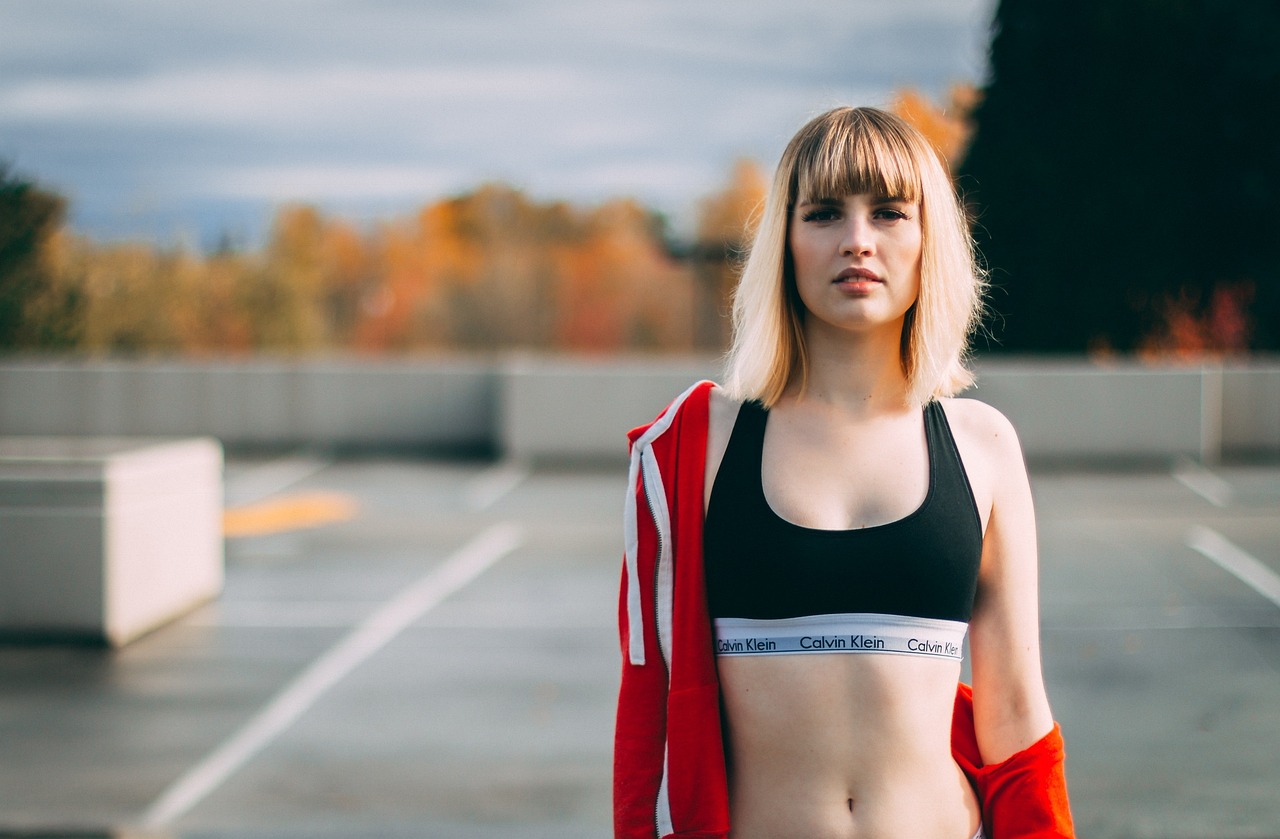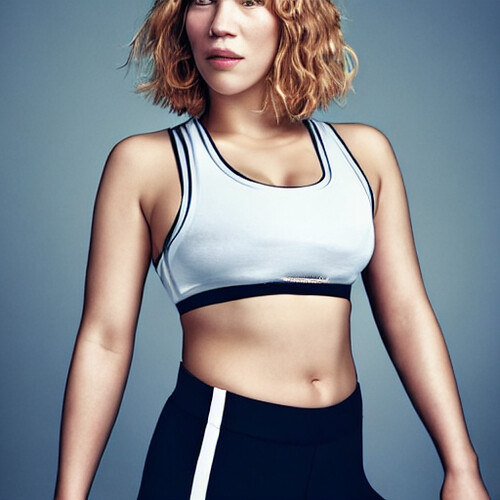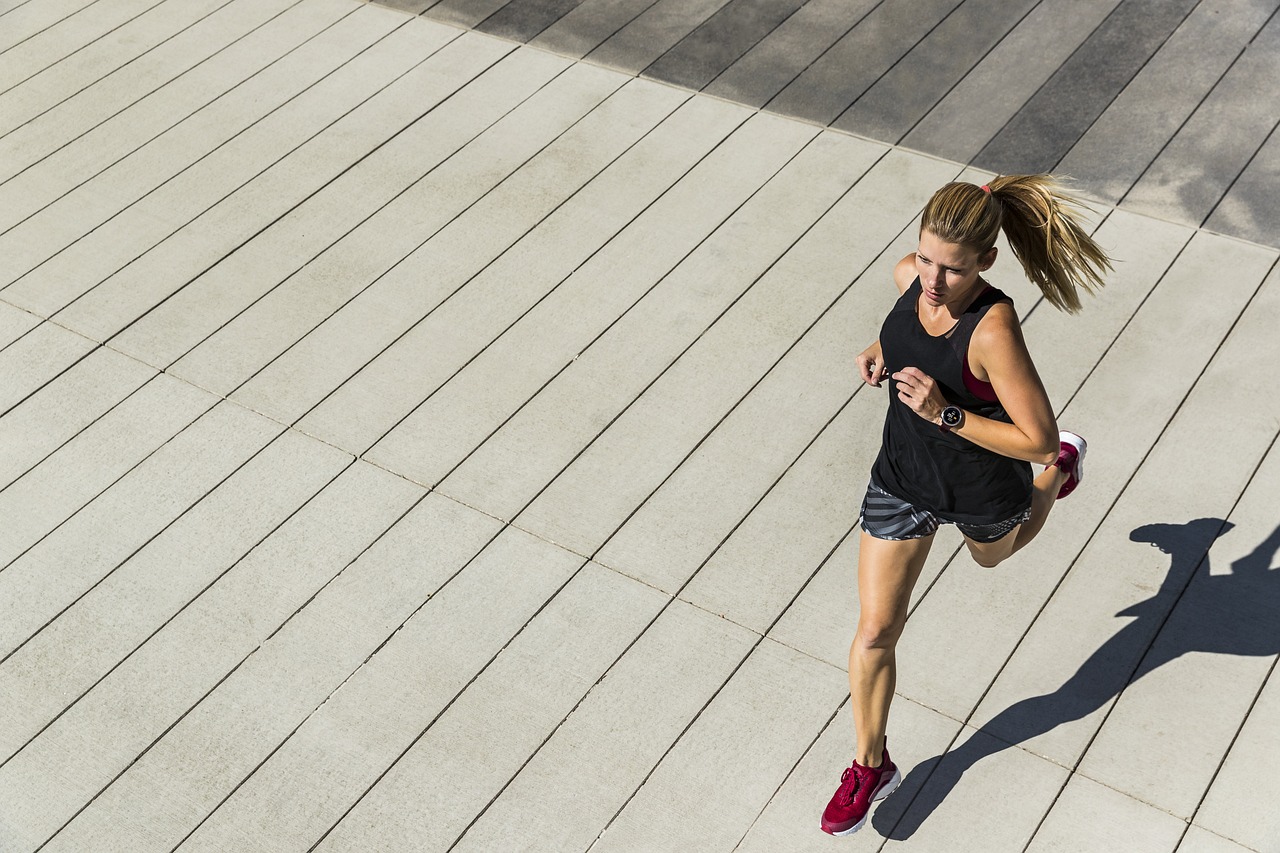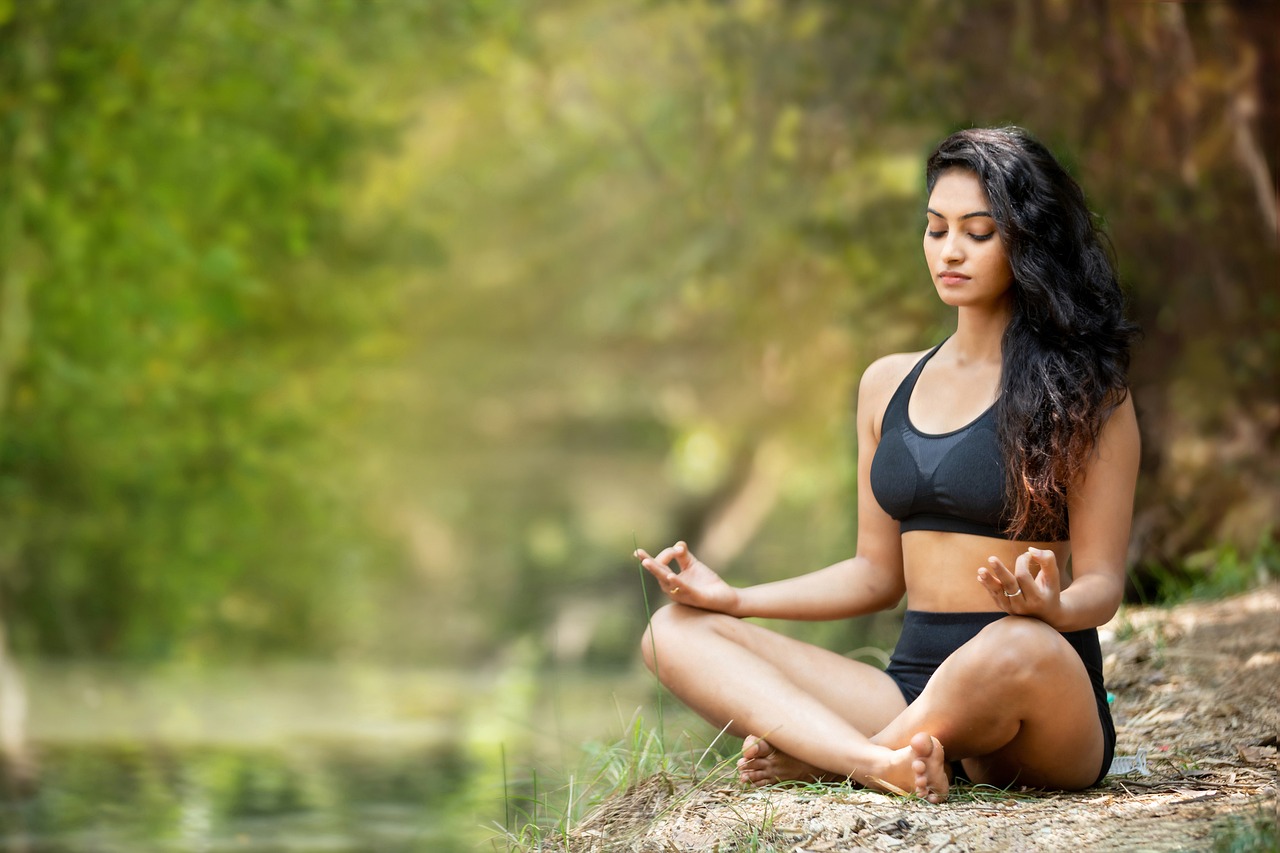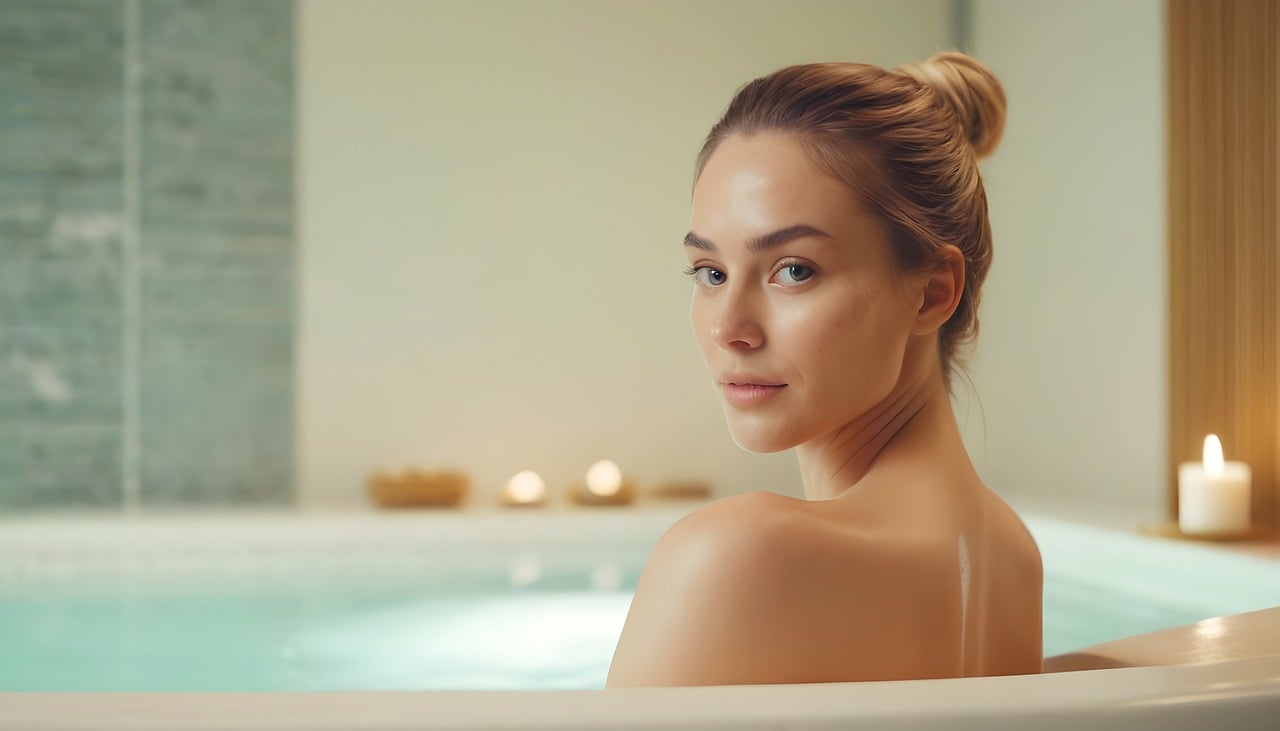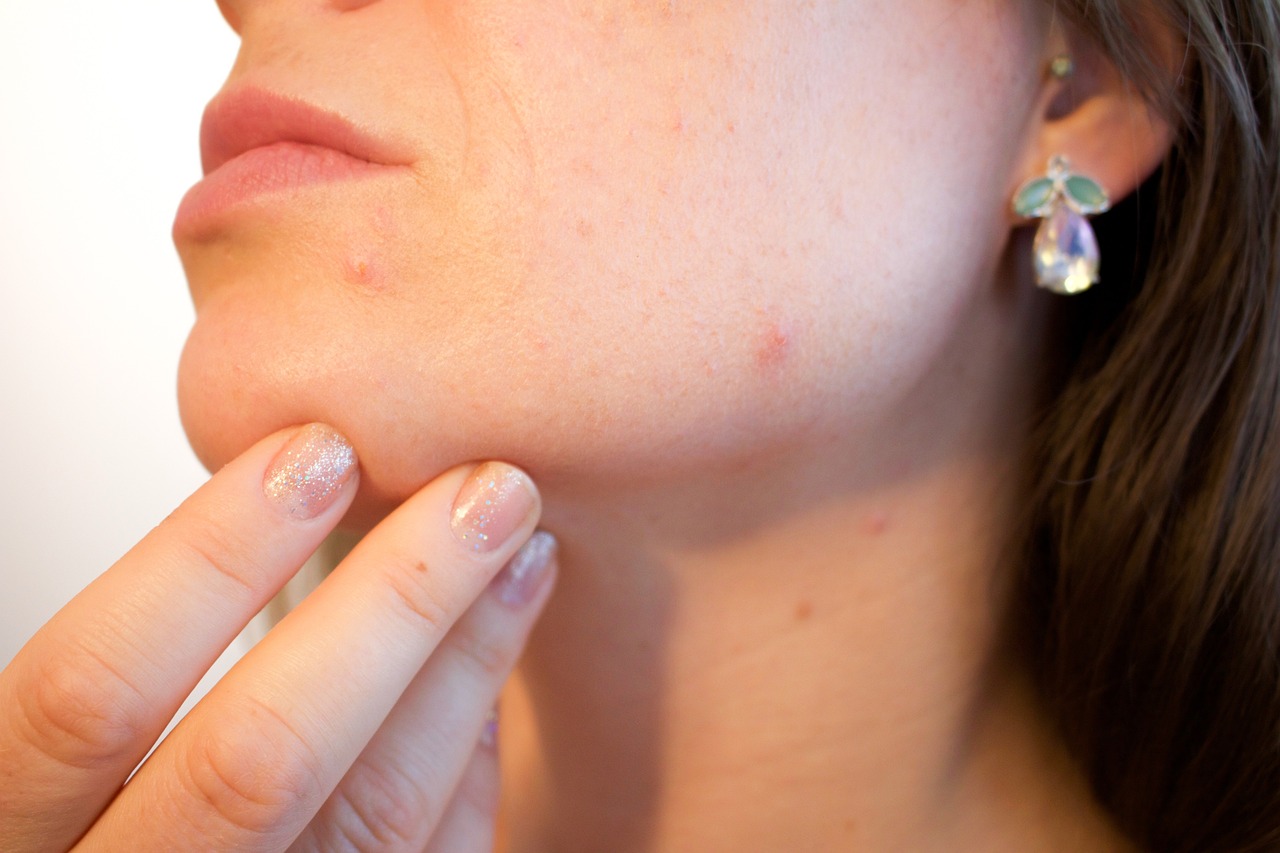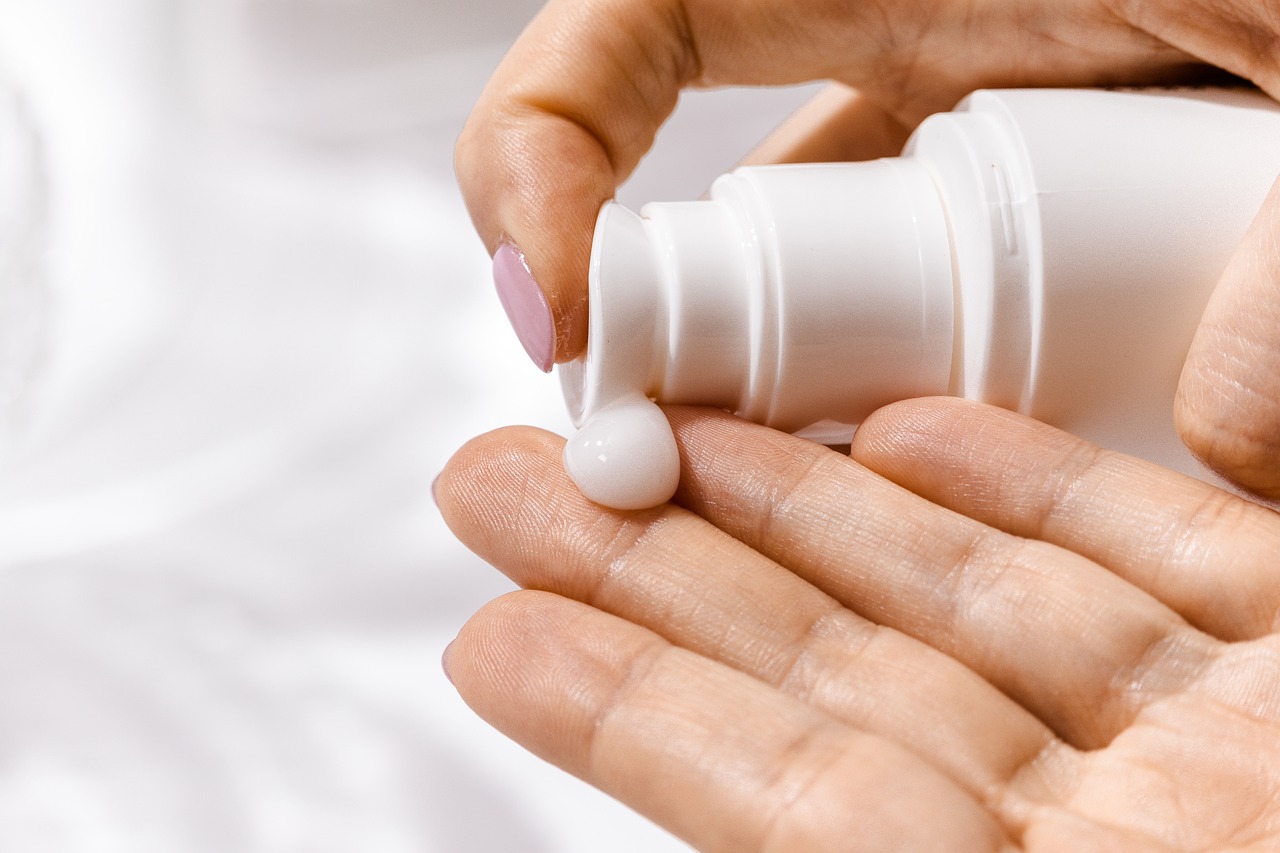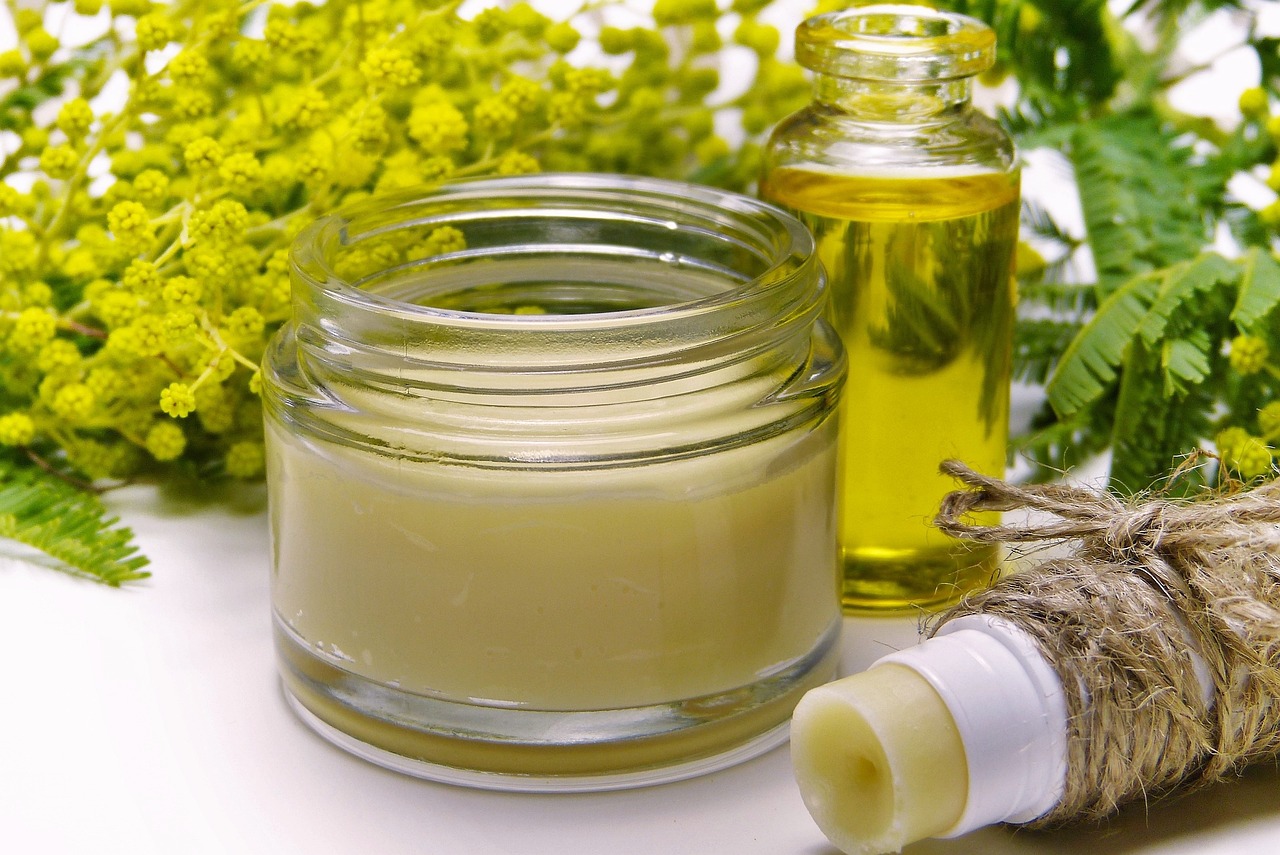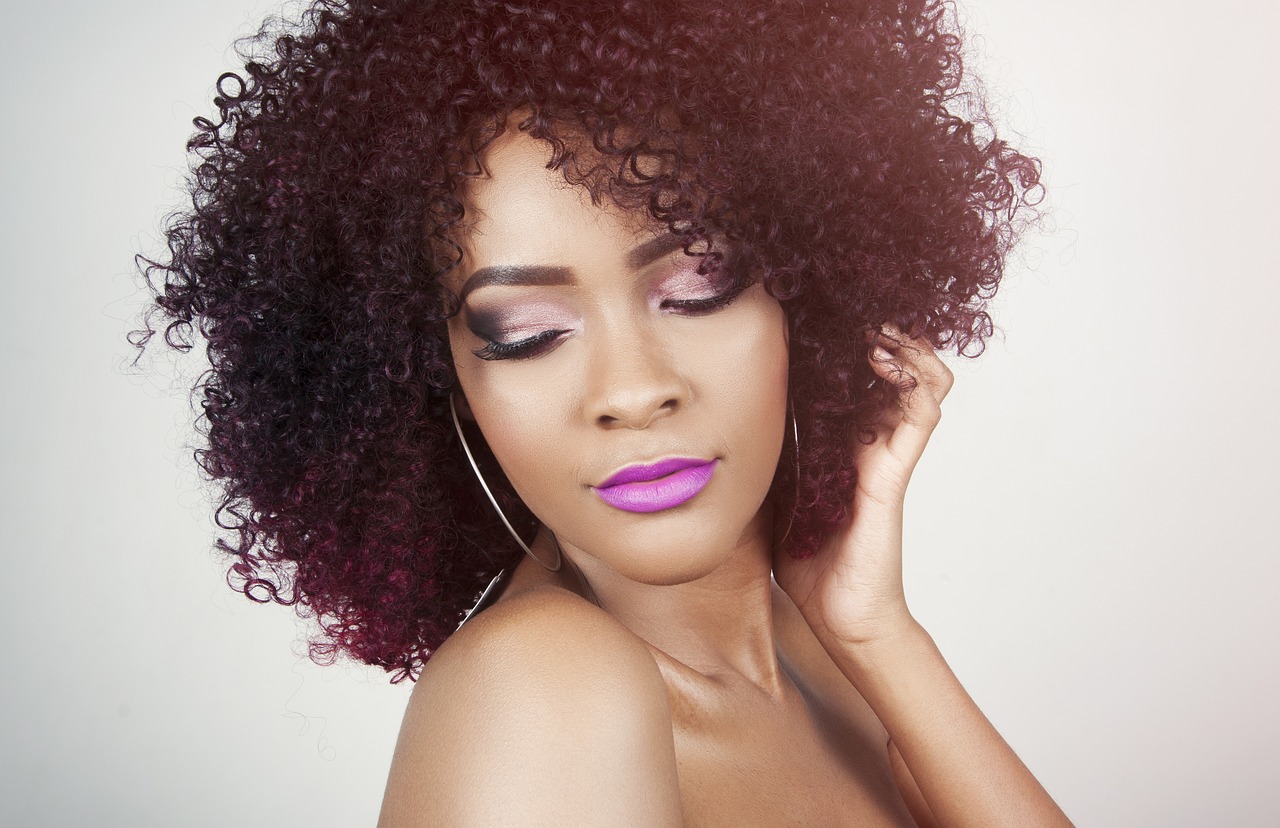When it comes to intense workouts, choosing the right clothing can be the difference between an enjoyable, productive session and a sweaty, uncomfortable mess. For fitness enthusiasts and athletes alike, moisture-wicking fabrics are essential for staying dry, comfortable, and focused on performance. These fabrics work by pulling sweat away from the body and allowing it to evaporate quickly, ensuring that you stay cool even when the intensity heats up. But with so many fabrics available, how do you choose the best one? Here, we explore some of the best moisture-wicking materials for intense workouts, each with its own unique advantages.
1. Polyester: A Versatile Classic
Polyester remains one of the most popular moisture-wicking fabrics for workout clothing. Known for its durability and versatility, polyester is a synthetic fiber that excels at drawing moisture away from the skin and drying quickly. It’s lightweight and often blended with other fibers like spandex to increase stretch and comfort.
Polyester’s affordability and versatility make it a staple for fitness brands creating everything from running shirts to yoga leggings. One of its advantages is its ability to hold up well after many washes, making it an ideal fabric for those who work out frequently. The downside, however, is that polyester can sometimes retain odors, which is why many brands have started incorporating antimicrobial treatments to combat this.
2. Nylon: Soft, Strong, and Sweat-Wicking
Nylon is another synthetic fiber that has become a go-to for activewear thanks to its combination of strength, softness, and moisture-wicking capabilities. Nylon is softer than polyester and has a more luxurious feel against the skin, which makes it perfect for activities that involve a lot of movement, like dance or aerobics.
Nylon’s sweat-wicking abilities are excellent, allowing you to stay comfortable through long and demanding workouts. It’s also highly resilient, making it resistant to abrasions and tears. However, nylon tends to absorb a bit more moisture compared to polyester, which can make it feel slightly heavier during a prolonged workout. Still, its softness and durability make it an excellent choice for intense, high-impact exercises.
3. Spandex: Stretch and Sweat Control
Though spandex is often associated with its stretchiness, it also offers moisture-wicking benefits, especially when blended with other materials like polyester or nylon. Spandex, also known as elastane or Lycra, is known for its exceptional elasticity, making it an ideal component for activewear that requires a full range of motion.
Spandex alone doesn’t wick moisture as effectively as polyester or nylon, but when used in a blend, it helps create a snug fit that keeps moisture-wicking fabrics close to the skin for maximum efficiency. This combination is what gives compression leggings and fitted tops their excellent performance attributes—keeping you cool while supporting your muscles.
4. Merino Wool: Natural Performance
For those who prefer natural fabrics, merino wool is one of the best options for moisture management. Unlike traditional wool, which can be itchy and uncomfortable, merino wool is soft, breathable, and great for regulating body temperature. It has natural moisture-wicking and antimicrobial properties, which means it not only keeps you dry but also resists odors without the need for chemical treatments.
Merino wool is particularly popular for outdoor workouts and endurance activities like running or hiking. It helps to keep you cool in the summer and warm in the winter, making it a versatile option for year-round training. However, merino wool is generally more expensive than synthetic options, and it may not be as durable when subjected to intense wear and tear.
5. Bamboo Fabric: Eco-Friendly and Effective
Bamboo fabric has gained popularity in recent years for its combination of moisture-wicking properties and eco-friendliness. Bamboo fibers are naturally breathable and possess excellent moisture management capabilities. They also have natural antibacterial properties, which help keep odor at bay, even after an intense session at the gym.
Bamboo fabric is very soft against the skin, making it an excellent choice for those with sensitive skin or those who prioritize comfort. Bamboo is also biodegradable, making it a more sustainable choice compared to many synthetic options. However, bamboo can be more expensive and may not offer the same level of durability as nylon or polyester, especially in high-friction activities.
6. Polypropylene: Ultimate Moisture Management
Polypropylene is a less common but highly effective moisture-wicking fabric, often used in base layers designed for extreme workouts or outdoor activities. The unique property of polypropylene is its ability to repel moisture completely, rather than absorbing it. Sweat passes through the fabric, where it then evaporates, keeping the skin dry even during high-intensity activity.
This moisture-repelling quality makes polypropylene ideal for layering in cold weather, as it helps regulate body temperature without allowing sweat to cling to the skin. The downside is that polypropylene can be less breathable than some other materials, making it more suitable as a base layer rather than as a standalone piece in hot climates.
7. Tencel: Sustainable Comfort
Tencel, a brand name for lyocell, is another sustainable option for those seeking a comfortable and effective moisture-wicking fabric. Made from wood pulp, Tencel is known for being eco-friendly, soft, and breathable. It has moisture-wicking abilities similar to those of bamboo and is gentle on sensitive skin.
Tencel fabric is lightweight, and its ability to wick moisture makes it ideal for moderate to intense workouts. It doesn’t hold onto odor as much as synthetic fabrics, which is a big plus for those who want workout gear that stays fresh. The main drawback is that Tencel can be less resilient than polyester or nylon, which means it may not last as long under high-impact use.
8. Blended Fabrics: The Best of Both Worlds
Many of the best workout clothes are made from a blend of different fibers, combining the strengths of each to create the ultimate workout fabric. For example, polyester-spandex blends are extremely common in leggings and sports bras, as they provide both the moisture-wicking abilities of polyester and the stretch of spandex. Nylon blends are also popular, offering a combination of durability, comfort, and moisture control.
Blended fabrics allow for the best attributes of each material to shine through, giving you a versatile garment that performs well across various activities. The downside is that blends can sometimes be more challenging to care for, as different fibers may have different washing requirements.
9. Choosing the Right Fabric for Your Workout
Selecting the best moisture-wicking fabric depends largely on the type of activity you’re doing and your personal preferences. For high-intensity cardio sessions, you might prefer the lightweight, sweat-repelling qualities of polyester or nylon. For yoga or strength training, a polyester-spandex blend can offer the perfect mix of comfort, flexibility, and moisture control.
Outdoor enthusiasts might gravitate towards merino wool for its natural temperature-regulating abilities, or polypropylene for its excellent moisture management in cold climates. If sustainability is your priority, bamboo or Tencel offer effective moisture-wicking properties while also being kinder to the environment.
10. Caring for Your Moisture-Wicking Fabrics
To get the most out of your moisture-wicking workout gear, proper care is essential. Synthetic fabrics like polyester and nylon can be prone to retaining odors if not washed properly. Always wash your activewear in cold water with a mild detergent, and avoid using fabric softeners, which can clog the fabric’s moisture-wicking pores.
For natural fabrics like merino wool, follow the care instructions closely to avoid shrinking or damaging the fibers. Bamboo and Tencel should also be washed gently, preferably in cold water, to maintain their softness and effectiveness.
Moisture-wicking fabrics are a key component of any effective workout wardrobe, allowing you to stay dry, comfortable, and focused on your fitness goals. Whether you prefer the durability of polyester, the softness of nylon, or the natural performance of merino wool, there’s a moisture-wicking fabric that’s perfect for every kind of workout. With the right materials, you can push through even the most intense sessions without feeling weighed down by sweat, helping you get the most out of every movement.


